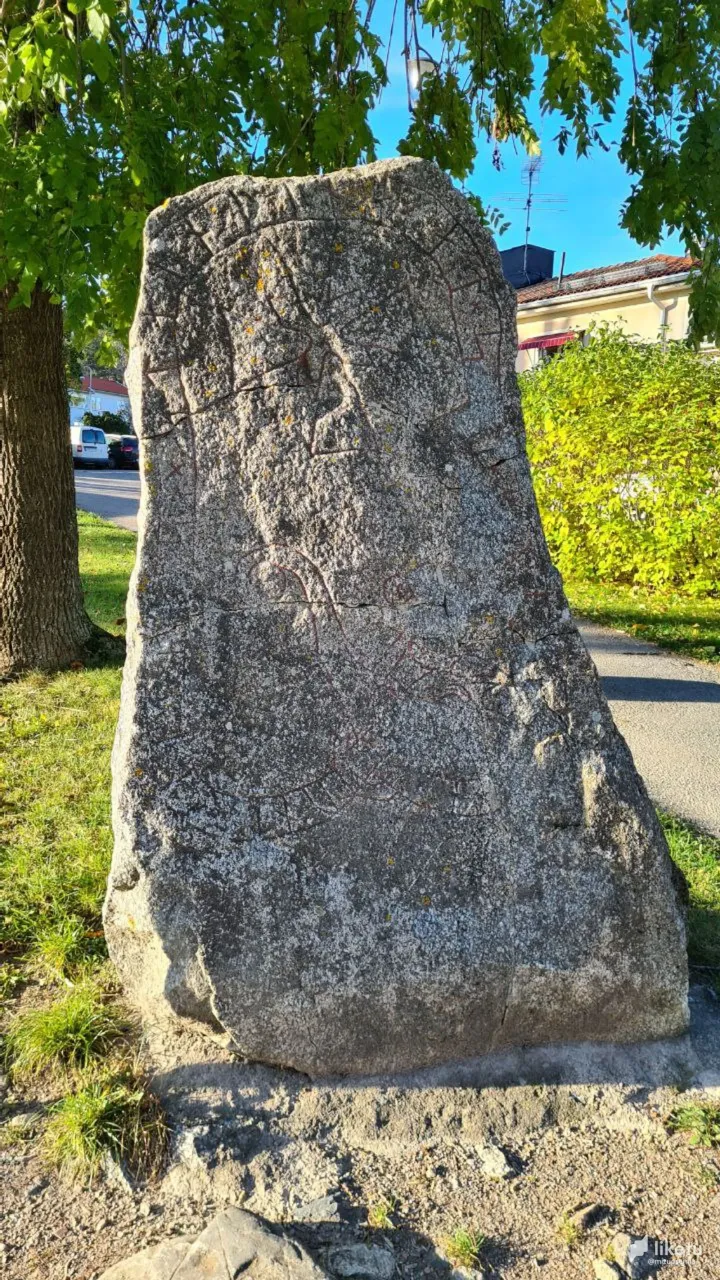



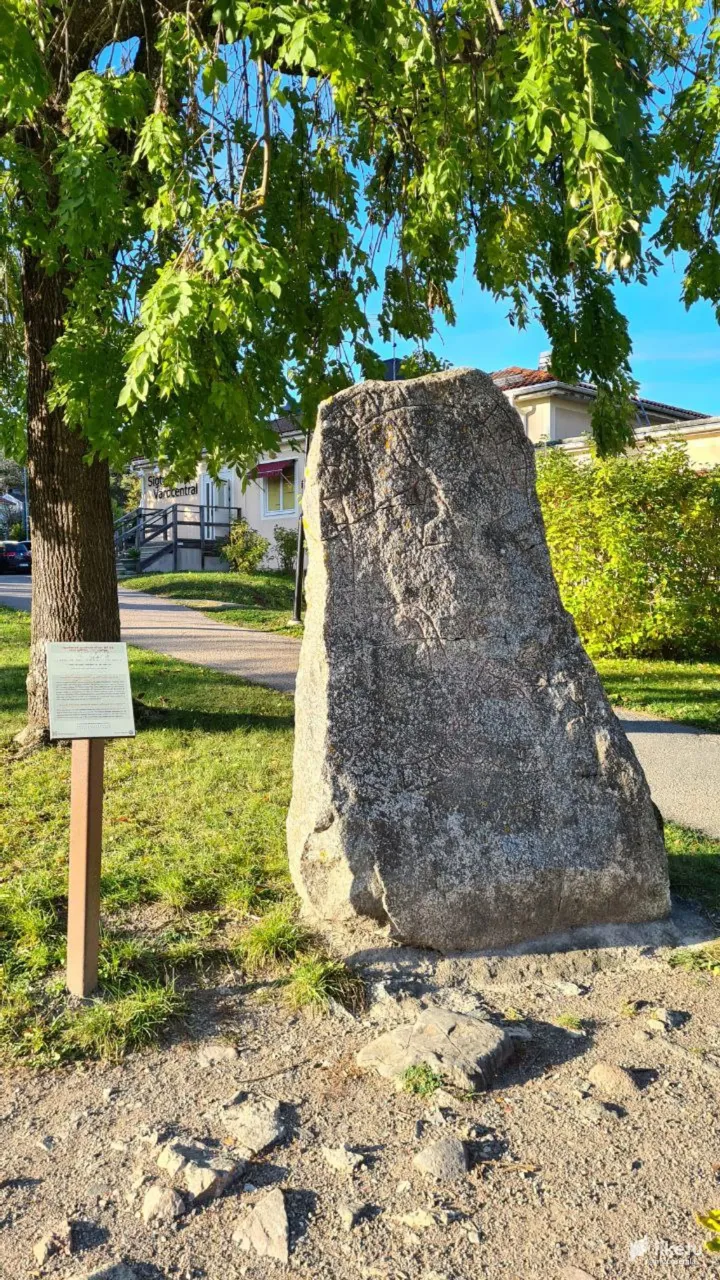
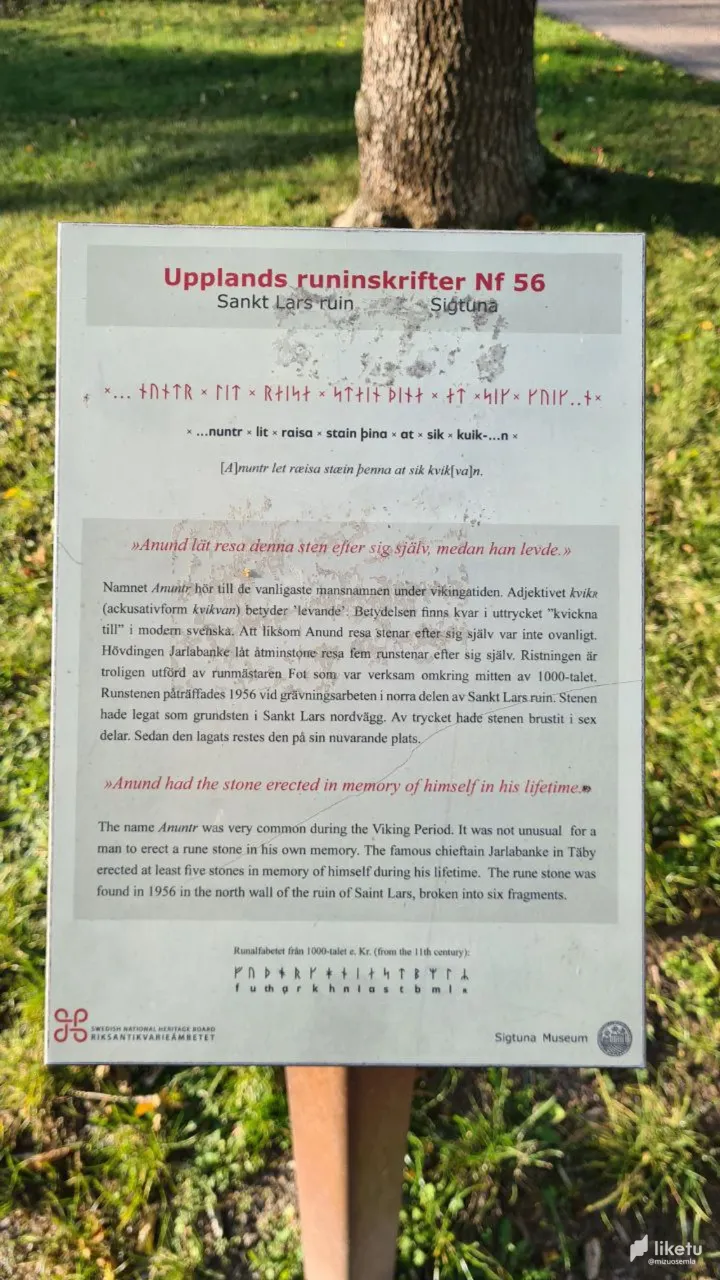
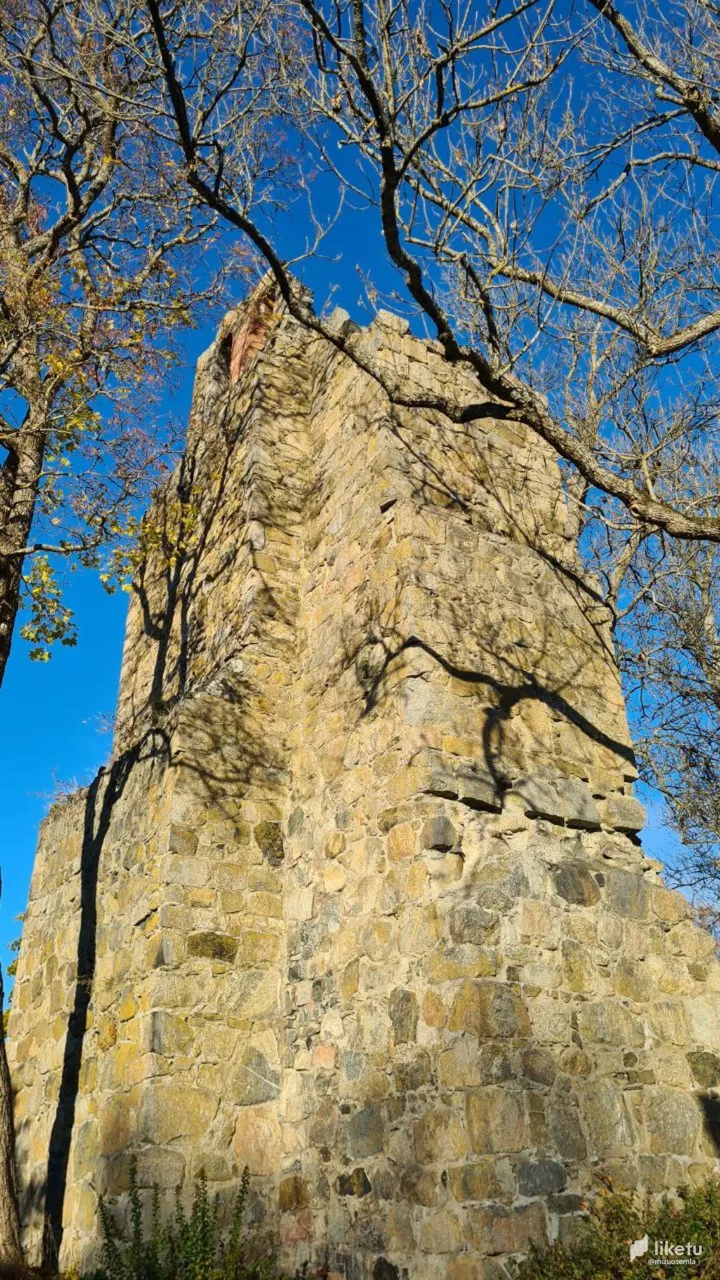
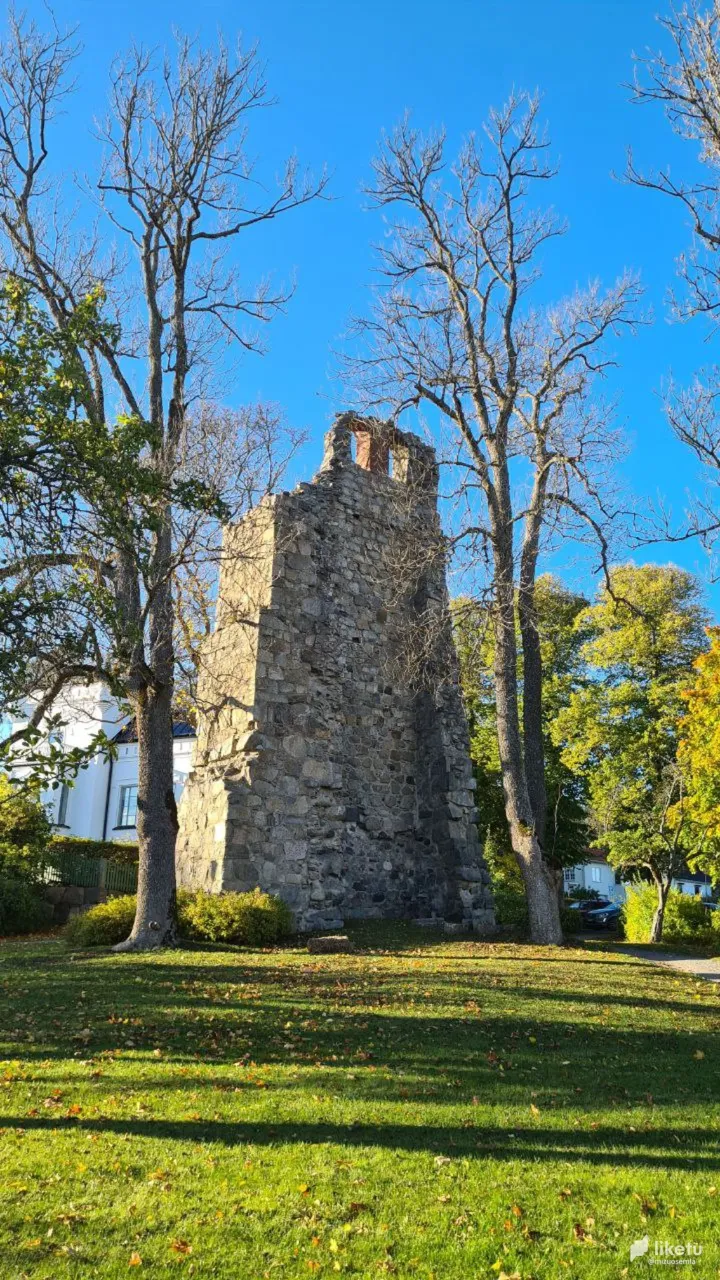
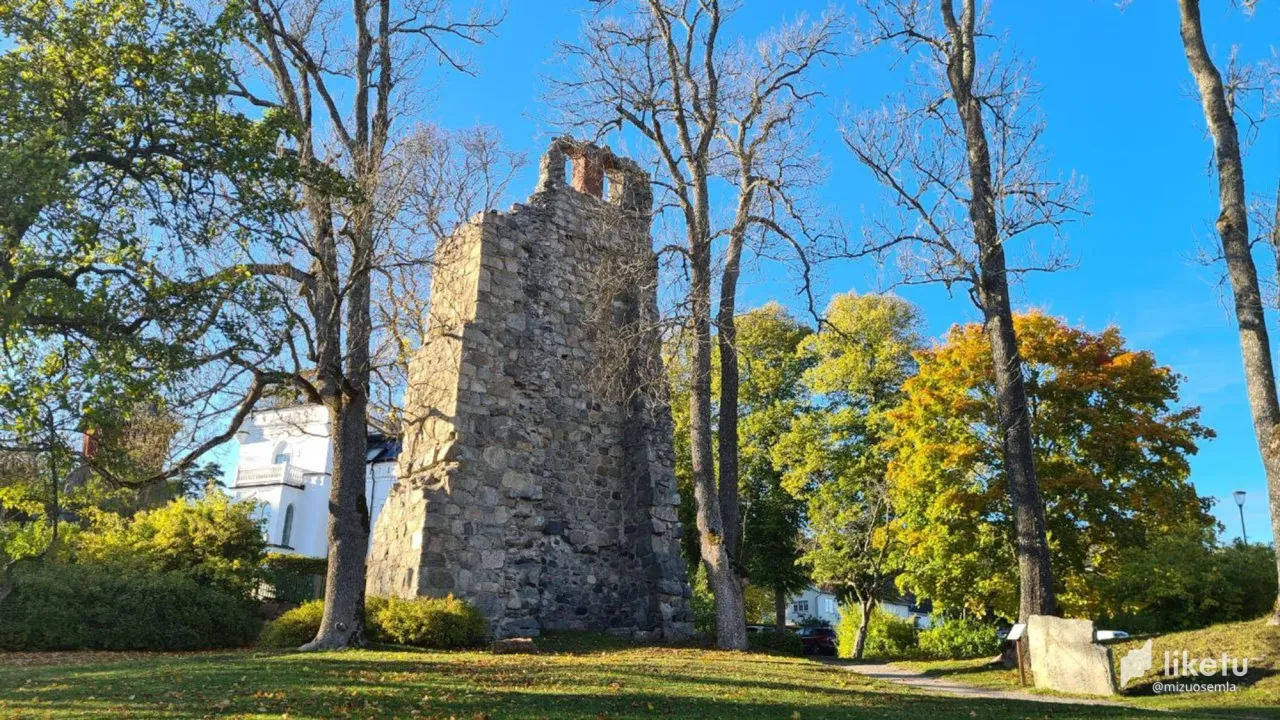
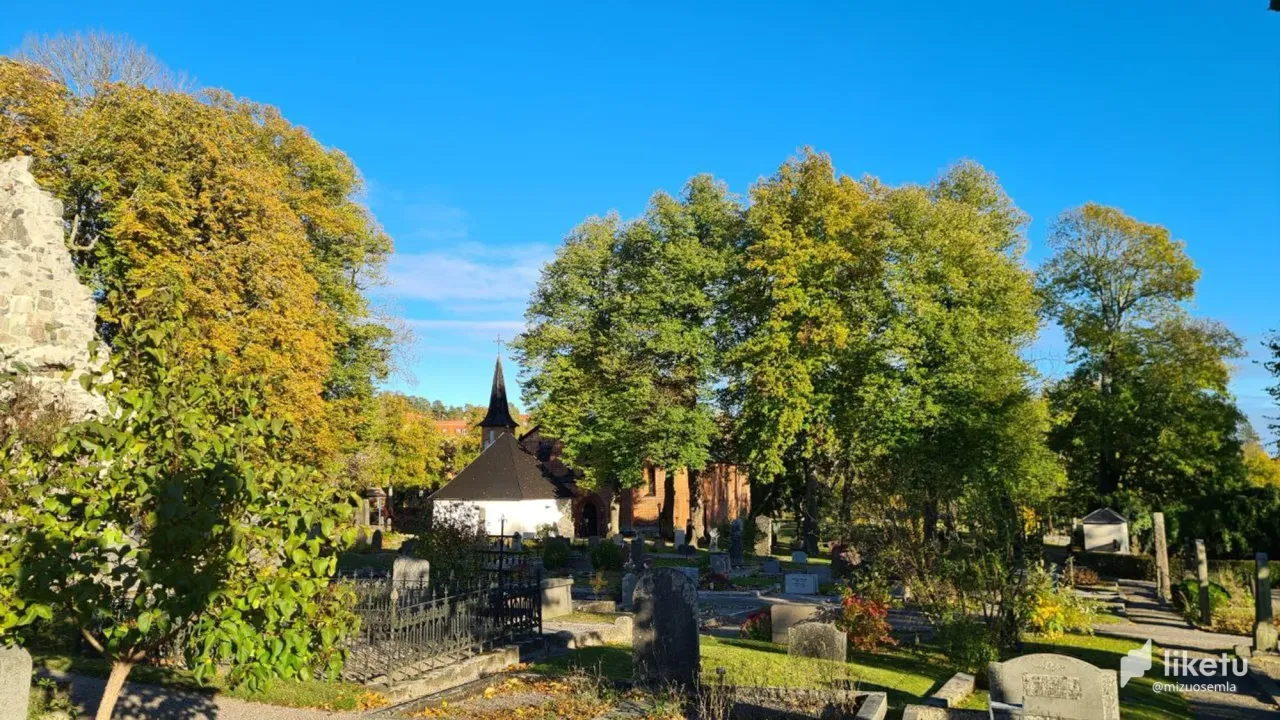
🗿Runestone Blog Summary 🗿
@mizuosemla/runestone-blog-summary-broadhive
Viking town - Sigtuna
About an hour north of Stockholm by train is a town called Sigtuna. If you are a Viking history buff like me, you have probably been there at least once. The town is filled with the history of the Vikings. There are many reasons why they moved from Birka, an early Viking village, to Sigtuna, but Sigtuna is a town that developed after the spread of Christianity.
Sigtuna was ruled by Olof Skötkonung, the first Swedish king to be baptized and initiated into Christianity, and is said to be the first Christian town in Sweden. Therefore, many of the rune stone monuments in the town are inscribed with the cross, a symbol of Christianity. However, what is interesting is that some people in the town continued to follow the old faith of Norse mythology, and you can see the coexistence of Christianity and Norse mythology in the town.
This monument, U58, was also erected on the grounds of an early Christian church. The cross is depicted on the stone monument, and I think that Christianity must have already been quite widespread in public life at the time this monument was erected. But the fact that they were allowed to be built inside Christian churches made me wonder if they were allowed to have stone monuments without descriptions of Norse mythology on them. It is also interesting that runes are also used in the stone monuments, but not in Latin script.
There is a custom at shrines in Japan for donors to inscribe the amount of money donated and their names on a stone pagoda, and I wondered if this rune stone monument was built with the same sense. Every time I come to this town, I wish I could get on a time machine and visit Sigtuna for a month or so.
Rune reading
× …nuntr × lit × raisa × stain þina × at × s(i)(k) × kuik-…n ×
Old West Norse
[Ǫ]nundr lét reisa stein þenna at sik kvik[va]n.
Runic Swedish
[A]nundr let ræisa stæin þenna at sik kvik[va]n.
English
Ǫnundr had this stone raised in memory of himself while alive.
シグトゥーナ
ストックホルムから電車で1時間ほど北上すると、シグトゥーナという町があります。 私のようにヴァイキングの歴史が好きな人なら、一度は行ったことがあるのではないでしょうか。 この町には、ヴァイキングの歴史が詰まっているのです。 初期のヴァイキングの村であるビルカからシグトゥーナに移った理由はいろいろありますが、シグトゥーナはキリスト教が広まってから発展した町です。
このシグトゥーナはOlof Skötkonung(オロフ王)と言うスウェーデンで初めてキリスト教の洗礼を受け信仰を始めた王によって統治された町で、スウェーデンで初めてのキリスト教の町と言われています。 その為、町にある多くのルーン石碑にはキリスト教のシンボルである十字架が刻まれています。 ただ、興味深いのが、町の中には昔の信仰である北欧神話の神々を信奉し続ける人たちもいたようで、町の中にはキリスト教と北欧神話の共存を見ることが出来ます。
このU58と言う石碑も初期のキリスト教の教会の敷地内に建てられた石碑です。 石碑には十字架が描かれていて、この石碑が建てられた時期はすでにだいぶんキリスト教が一般生活にも普及していたんだろうなと思います。 でも、キリスト教の教会内に建設を許されているということは、石碑に北欧神話の記述がないものは許されていたのかなと思いました。 ルーン文字も石碑の中では使用されていて、ラテン文字は使われていないのも興味深いですよね。
日本にある神社にも神社へ寄付した人が石塔に寄進した金額と名前を刻む風習があるのですが、このルーン石碑も同じような感覚で建てたのかなと思いました。 タイムマシーンに乗って、1か月ぐらい当時のシグトゥーナへ行ってみたいなとこの町に来るたびに思います。
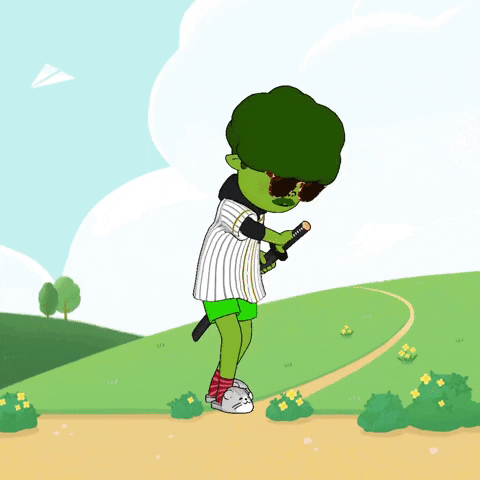

🥦 ᚨᛚᚢ 🥦
🥦 Ha det så bra!🥦
🥦See you again!🥦
🥦ほなまたねぇ~🥦
🥦https://linktr.ee/mizuo🥦

😍 @luvshares 😍 #luv 😍
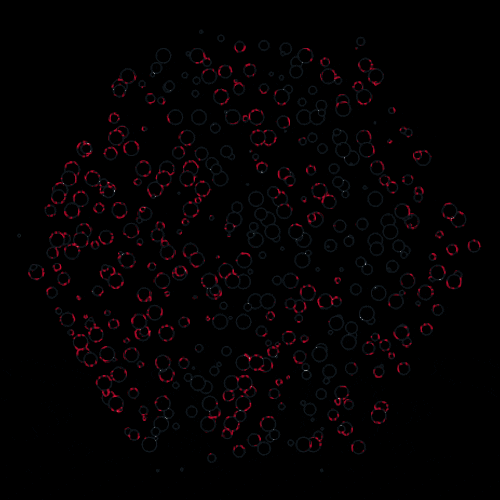
by @doze 🍯🐝https://linktr.ee/_Hive.io🍯🐝
HIVEってなんなん?🍯🐝🐝👉ここ
